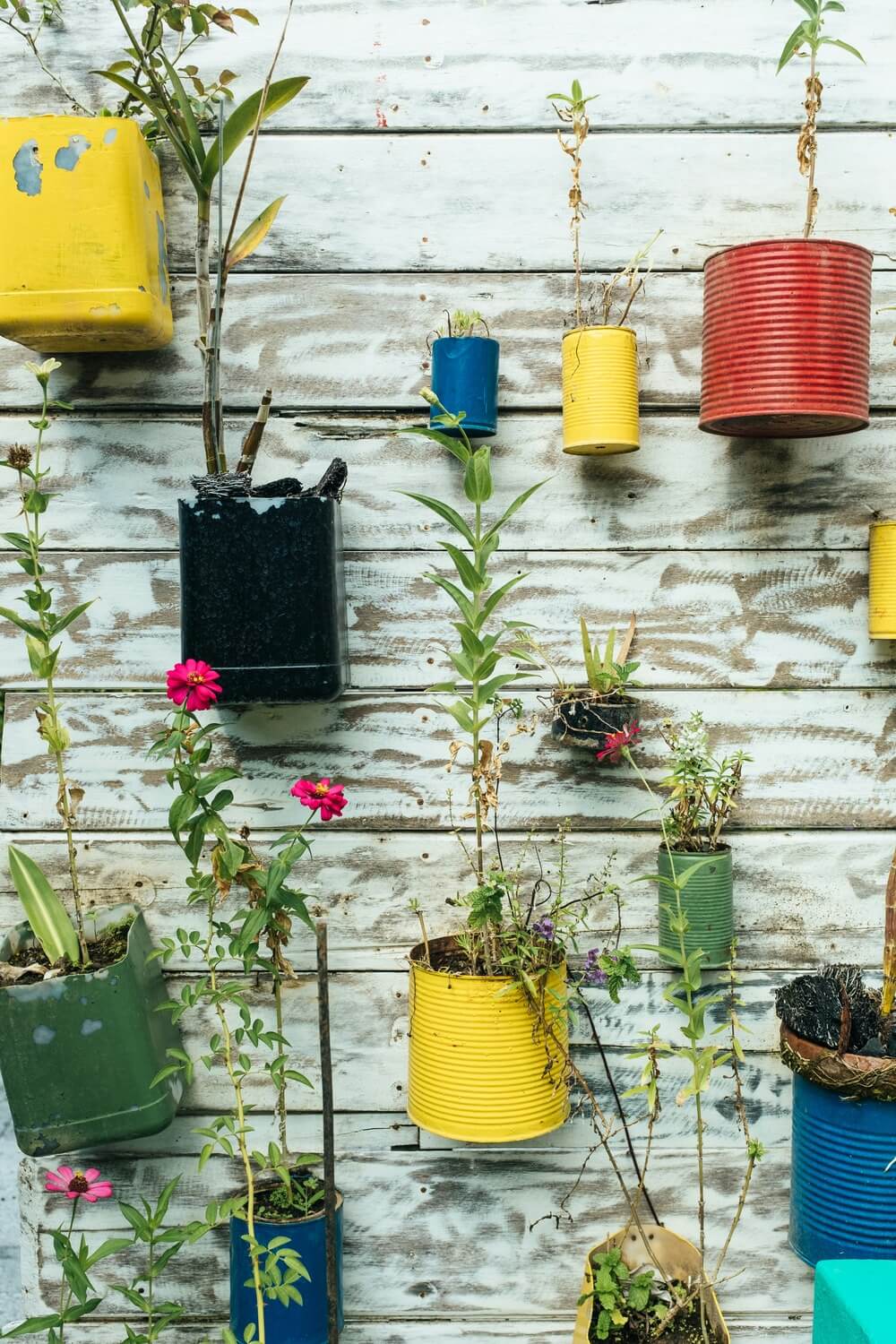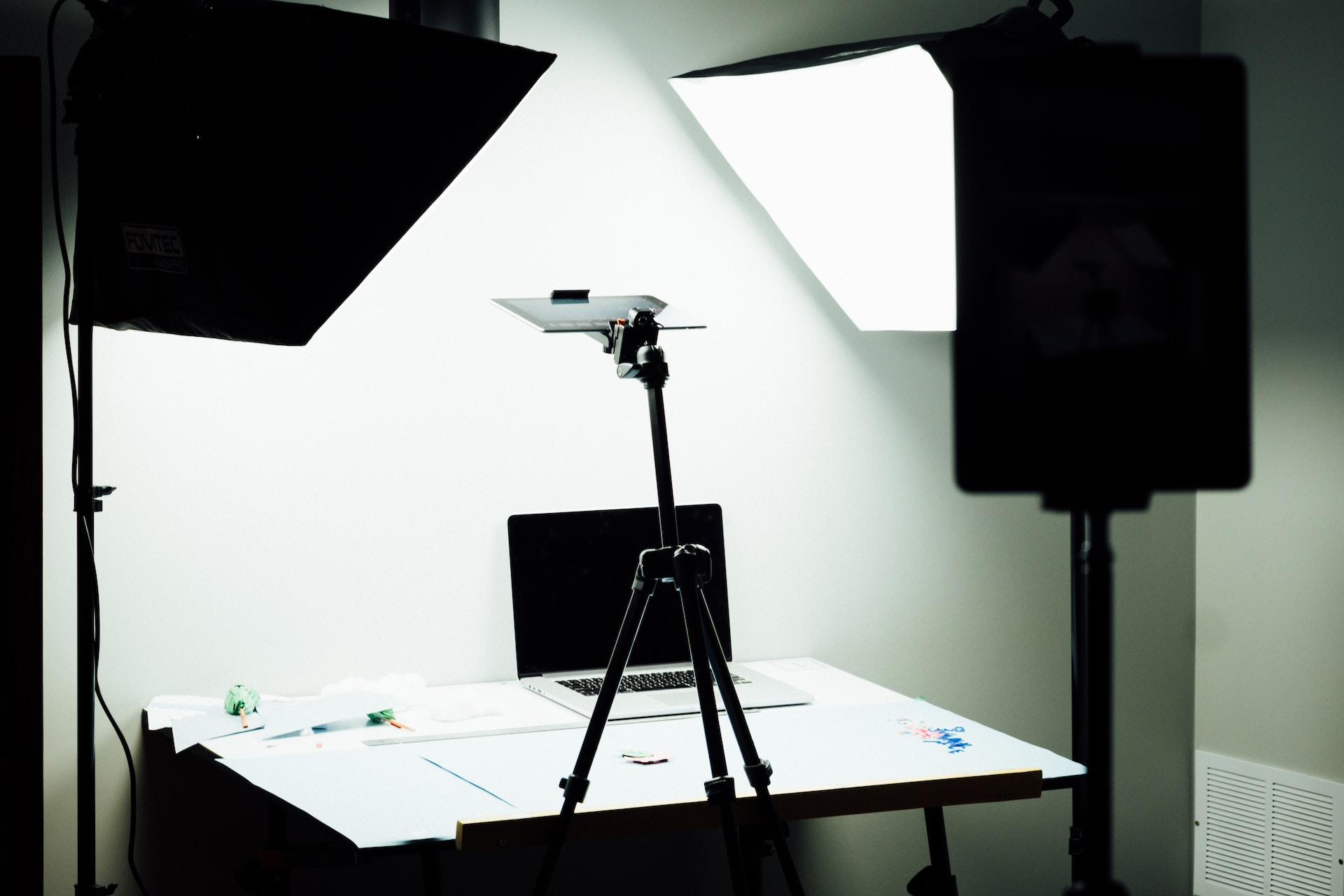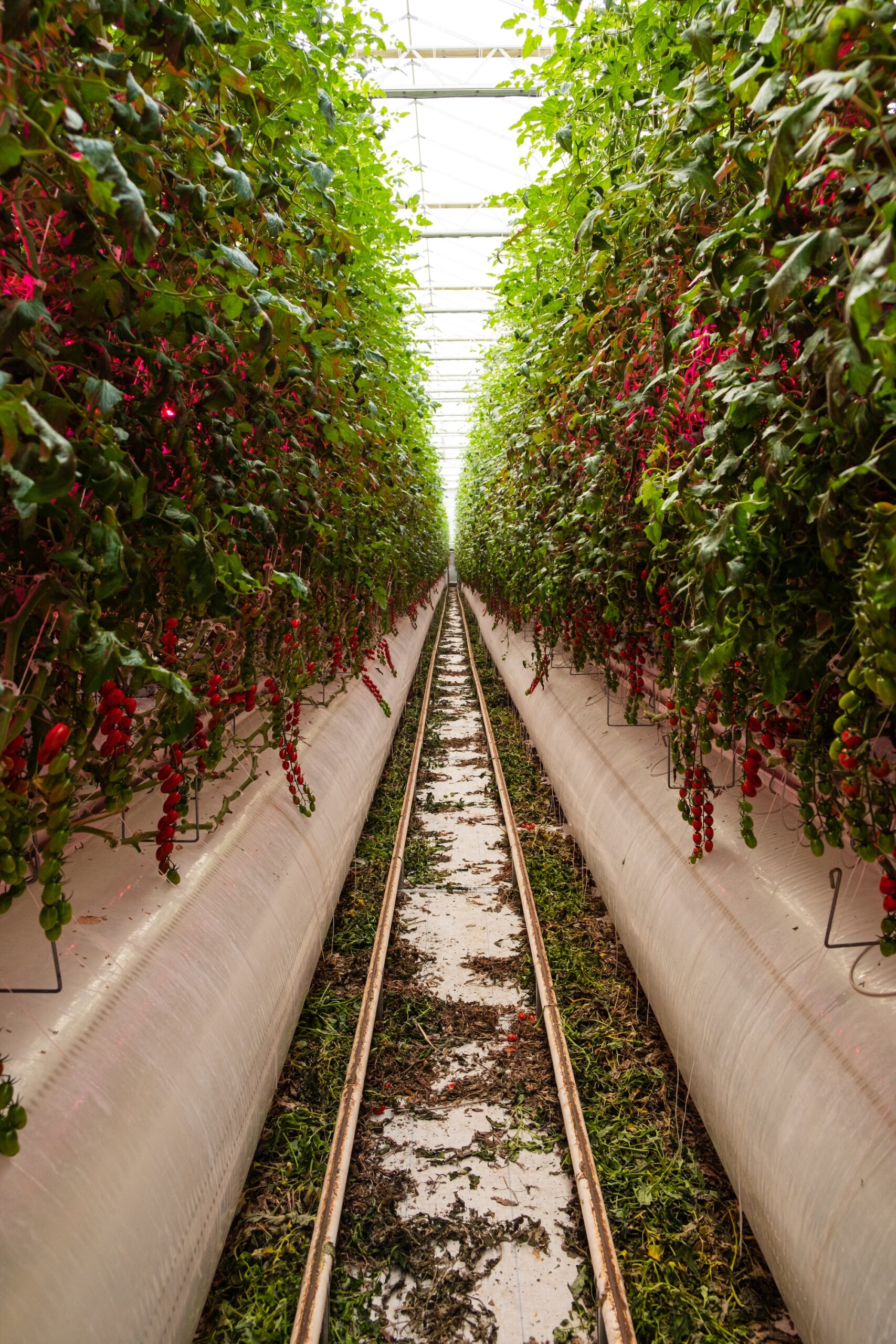
Many American homes have entire rooms dedicated to toys – playrooms filled with toy boxes, book shelves, mini kitchens and workbenches, costume boxes, train sets, and oodles of stuffed animals. Whenever I see one of these rooms, it’s a cheery-looking disaster zone, but there is so much stuff everywhere that I wonder how the kids find room to enjoy their toys – if they actually can find the one they want amid all that chaos.
Over the years, I’ve come to believe that adults do children a great disservice by allowing clutter to build up in their play spaces and bedrooms. This may sound counterintuitive; after all, all those toys are acquired in an effort to entertain a child, so how could getting rid of them possibly be a good thing?
Just think of how you feel, as an adult, when your space is jam-packed with stuff, when there are papers lying on every surface, clothes all over the floor, and you can’t even find a clear space to set your coffee mug. It’s irritating and, if you’re anything like me, you become irritable as a result. Why would it be any different for kids? I suspect cluttered toys and clothes beget stress and anxiety for kids more often than we realize. Kim John Payne, author of Simplicity Parenting, agrees with this. He’s quoted in Real Simple:
“Keeping a room or house orderly can make your life feel more orderly,” [Payne] says. In other words, calm and focused surroundings can help your child stay calm and focused too.
Paring down a child’s belongings does them lots of favors. It gives them breathing room and space to play. It reduces the sensory overload that afflicts so many American children these days and allows them to focus on specific toys, prolonging their play time. It cultivates an attitude of appreciation and teaches them to care for their belongings because they have fewer of them. It takes a weight off their shoulders because the job of tidying up is less daunting. (Imagine how vast a messy play room looks to a four-year-old!) It promotes independence because they’re less likely to need help from a parent to finish the job.
Minimalism will look different for every family, but the idea is to reduce your child’s belongings to a level that’s manageable for him or her – not for you, the parent. A child should have enough clothes to look neat and tidy on a daily basis, yet be able to put them away independently. Toys should fit within a predetermined space and be cleaned up in a reasonable amount of time. As intimidating as decluttering may seem, rest assured that you’re equipping your child with valuable skills. Joshua Becker of Becoming Minimalist said,
“Learning to consume less is a way to practice discipline, a skill that makes it a lot easier to become a responsible adult. ‘Kids who don’t learn to exist within boundaries may become adults who don’t set them.'”
So, where and how to begin?
1. Model the behavior
You can’t expect your child to pare down their belongings unless you’re willing to do the same. Kids learn best by example, so tackle your own clutter first and clamp down on unhealthy shopping habits.
2. Set physical boundaries
Establish the space in which your child can keep toys, e.g. anything that fits in a toy box can stay, but anything extra has to go. Becker’s 5-year-old son was allowed to keep toys that fit against one wall in his room. Your kid should be involved in deciding what stays and what goes.
3. Turn off the TV
Kids absorb advertising like sponges and, much as it affects us adults, makes them want things they don’t need. The easiest solution is to minimize screen time. If they don’t know about it, they won’t know what they’re missing.
4. Figure out how to deal with gifts
Have frank discussions with family members about your new approach and suggest alternatives, such as family outings, special meals, or gear that encourages outdoor play. When hosting a birthday party, make it a cash party, where guests are asked to bring $1, $2, or $5 to contribute to a single gift that the child chooses afterward. (In Canada we call it a “toonie” party; in the UK it’s a “fiver” party. I don’t know what you Americans would call it!)
5. One in, one out
Establish a system for avoiding future buildup of stuff. Keep a donation box on the go for extra items and insist on your child doing regular purges. For example, if they buy that birthday present using gift money, something else has to go to make room for it.
6. Talk to your kid
Kids are capable of understanding far more than we often give them credit for. Explain that less stuff equals more money, more time, more freedom, and will translate to family adventures that you might not have had the time, money, and energy for in the past. What’s not to love about that?





